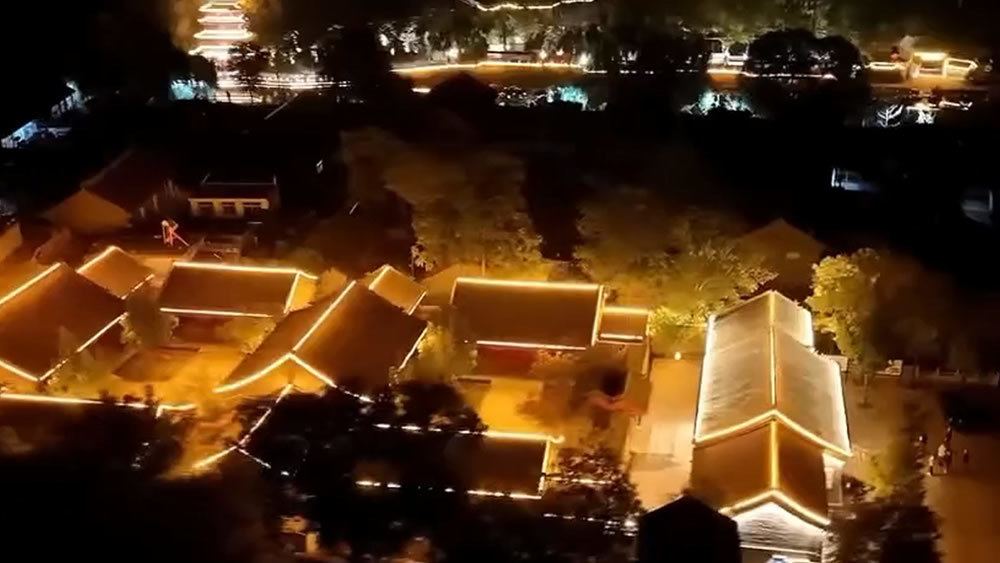Great Wall Culture

As a symbol of the long-standing Chinese history and its splendid culture, the Great Wall reflects the tenacious and unyielding patriotism of the Chinese nation. It is an everlasting historical cultural element of the Chinese nation and a great product of the Chinese people from its efforts in conquering and transforming the nature.
The Great Wall inside Qian’an starts at the Xuliu Pass in Yanggezhuang Town in the east, and ends at the Hongyu Pass in Wuchong’an Town in the west. With the total length of 45.3KM, the Great Wall section, which was mainly built in Ming Dynasty, has 157 watch towers, 24 smoke towers, 6 blank doors, 89 protruding ramparts, 12 forts, and 12 relic sites along its path. It has been a gateway to the northern desert and a military threshold since the ancient time, thus enjoying a “gate keeper” terrain advantage. In July 1982, the Tourist Area was rated as a major culture relic site protected at the provincial level by Hebei Provincial People’s Government.
The Great Wall section in Baiyang Valley, with a length of about 4452 meters, starts at the Da Ao Tower at the conjunction with Dazhuang in the east, and ends at the Laojun Terrace in Sidaogou in the west. The Baiyang Valley section of the Great Wall still remains its original look in Ming Dynasty with zero human touch. There are totally 21 gate towers on the wall, including 6 intact ones. They are Da Ao Tower, Kengzi Tower, Head Tower, Tip Tower, Square Tower, and Deity Tower from east to west. The Deity Tower stands out preeminently among all the other towers for its unique architectural style. The 1500m-long marble wall is an acclaimed attraction and the essence of the Great Wall. The walls here extend on mountains where Baiyang River is running beneath through the valley, dotted with marvelous mountains, rippling water, green forests, and sporadic architectures like the Deity Tower and the Guanyin Pavilion. They are the greatest spectacles in the Baiyang Valley Great Wall Tourist Area.



